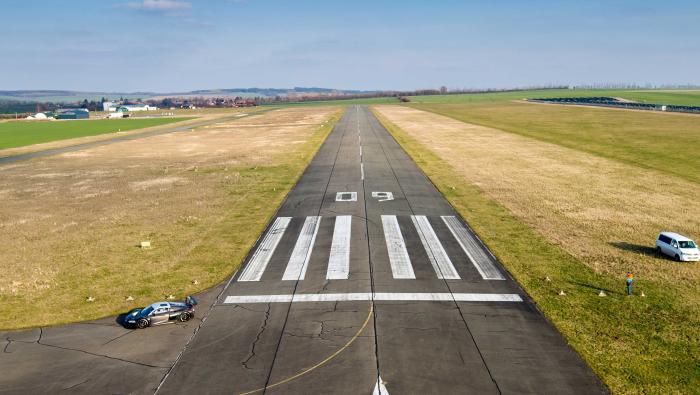Faulty rudder-control components and pilots’ response to the problem contributed to the crash of AirAsia Indonesia Flight QZ8501 last December, the accident investigation has concluded. The Airbus A320 crashed in the Java Sea after departing from Surabaya, Indonesia, on a flight to Singapore, with the loss of 162 passengers and crew.
In a report released on December 1, the Indonesia National Transportation Safety Committee traced the sequence of events that led to the accident to a cracked solder joint that “resulted in loss of electrical continuity” and the failure of rudder travel limiter units (RTLUs) that restrict the rudder deflection angle of the vertical stabilizer. The aircraft’s maintenance records showed that there had been 23 RTLU problems over the course of 2014.
Once the aircraft reached cruising altitude, there were four master caution alerts associated with the RTLUs over 14 and a half minutes, the flight-data recorder (FDR) indicated.
Following the fourth alert, pilot actions triggered two more master cautions reporting faults with the flight augmentation computer that manages rudder control functions. The FDR indicated that the circuit breaker to the computer was reset, resulting in an electrical interruption. After the sixth master caution, the autopilot and auto-thrust disengaged, and the flight-control logic of the aircraft’s fly-by-wire system reverted from normal to alternate operation.
“Subsequent flight crew action leading to inability to control the aircraft in the Alternate Law resulted in the aircraft departing from the normal flight envelope and entering prolonged stall condition that was beyond the capability of the flight crew to recover,” the report states.
Among safety recommendations, the committee called on Airbus to develop a means for pilots “to effectively manage multiple and repetitive master caution alarms to reduce distraction.”







